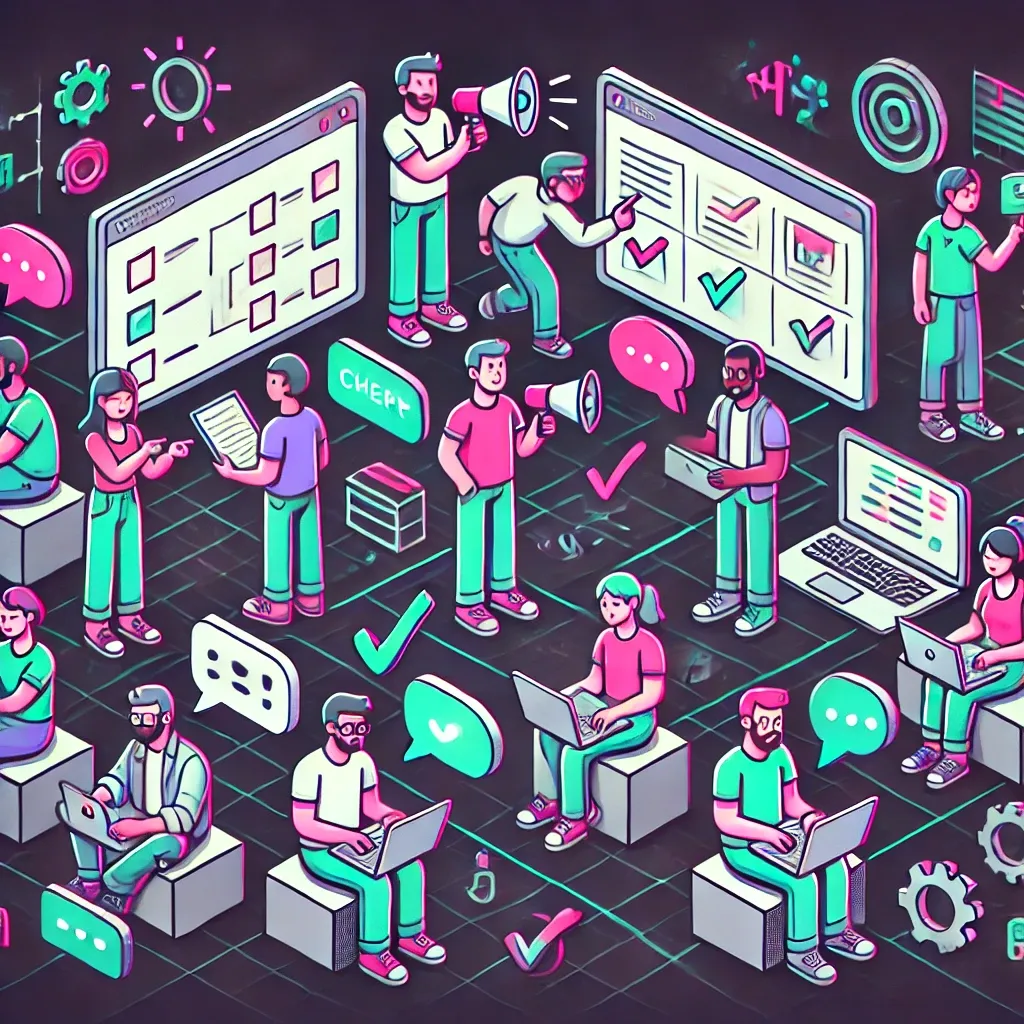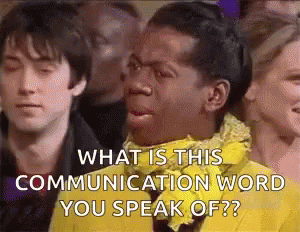The Importance of Clear Communication in Software Teams
How software engineers can communicate with their teams more clearly, and why it's important.

Clear communication is the duct tape holding your software team together. Without it, misunderstandings multiply like rabbits, productivity crashes, and projects spiral off course faster than a shopping cart with a busted wheel. But don’t worry—we’ll walk you through why clear communication is essential and how to actually pull it off (spoiler: it’s harder than it sounds, but totally worth it).
What Does Clear Communication Mean?
Clear communication means getting your ideas, requirements, and feedback across in a way that even Dave—who’s basically a zombie before his third coffee—can understand. It’s about stomping out ambiguity, squashing assumptions, and making sure everyone is on the same page. Active listening plays a huge role here. Sounds simple, right? Well, once you throw in complex technical topics and varied communication styles, things get messy. But nailing this can make all the difference between smooth sailing and the Titanic.
Benefits of Clear Communication
1. Reduced Misunderstandings
Misunderstandings in software development are like bugs—they’re inevitable but can be minimized with good communication. When everyone’s clear on what’s needed, you avoid “Oh, that’s not what I meant” disasters, fewer bugs pop up, and last-minute crunch time becomes less common. Teams that communicate well can sniff out issues before they explode. Handling miscommunication early saves you from having to rebuild half the project because no one clarified that one thing.
2. Efficient Collaboration
Clear communication is the grease that keeps collaboration running smoothly. Whether you’re in a sprint planning meeting or hashing things out in Slack, knowing what’s expected ensures everyone stays in sync. It also means less wasted time on duplicate work or waiting for someone to decipher your cryptic messages. Collaborating effectively with stakeholders is part of the equation, too—because guess what? Your code isn’t useful if no one understands what it’s for.
3. Faster Decision-Making
Software development involves a never-ending stream of decisions. Clear communication ensures these decisions don’t get bogged down by endless backtracking. When everyone understands the options and context, things move faster. No more explaining the same thing five times in five different meetings. Everyone wins.

Challenges in Achieving Clarity
Achieving clear communication isn’t as easy as it sounds. Between technical jargon, cultural differences, and varying communication styles, it’s easy for things to get lost in translation. Engineers also tend to assume that everyone else knows the same obscure details they do—which they don’t. Newsflash: not everyone lives in Jira.
1. Technical Jargon
Jargon might feel natural to engineers, but it’s alienating to anyone outside the dev bubble. Using it with non-technical folks (or even newer team members) is a surefire way to get blank stares. Tailor your language to your audience—and if your goal is to confuse Karen from marketing, mission accomplished.
2. Assumptions and Ambiguity
Assuming others know what you know? That’s how communication breakdowns start. Assumptions lead to misunderstandings, and misunderstandings lead to wasted time. When in doubt, clarify—because guessing games belong at trivia night, not in your project meetings. Communicating feedback effectively also helps keep things on track. Remember: assumptions make… well, you know the saying.
Strategies for Clear Communication
1. Use Visual Aids
Sometimes words just don’t cut it. Diagrams, flowcharts, and mockups help convey complex ideas faster than a thousand-word email ever could. Using visual aids effectively ensures that what’s in your head makes sense to others. Bonus: fewer follow-up questions.
2. Written Summaries
After meetings or discussions, send out a quick written summary. It gives everyone a reference point and ensures alignment—especially for those who might have missed the meeting. Mastering asynchronous communication helps here, too. Plus, it saves you from repeating the same thing over and over like a broken record.
3. Ask Clarifying Questions
No one expects you to know everything all the time—so ask questions. It’s better to clarify upfront than to spend hours building the wrong feature. Encouraging questions helps create a culture where people feel comfortable speaking up. And hey, looking clueless for a second beats scrambling to fix something later.
Real-Life Scenario: A Communication Breakdown
The developer thinks a feature is just a “nice to have,” but the product owner is banking on it for the next release. Without clear communication, the team spends weeks working on the wrong thing, and everyone’s frustrated when the truth finally comes out. These situations are avoidable—just talk to each other, confirm priorities, and make sure everyone is on the same page. Simple, right? You’d be surprised how often this gets overlooked.
The developer thinks a feature is just a “nice to have,” but the product owner is banking on it for the next release. Without clear communication, the team spends weeks working on the wrong thing, and everyone’s frustrated when the truth finally comes out. These situations are avoidable—just talk to each other, confirm priorities, and make sure everyone is on the same page. Simple, right? You’d be surprised how often this gets overlooked.
Conclusion
Clear communication is the secret sauce to a happy and productive software team. It reduces misunderstandings, keeps everyone aligned, and helps projects stay on track. Sure, it’s not always easy—thanks, jargon and assumptions—but the payoff is worth it. Start with simple language, add some visual aids, and make sure assumptions get validated along the way. Your future self (and your sanity) will thank you.




